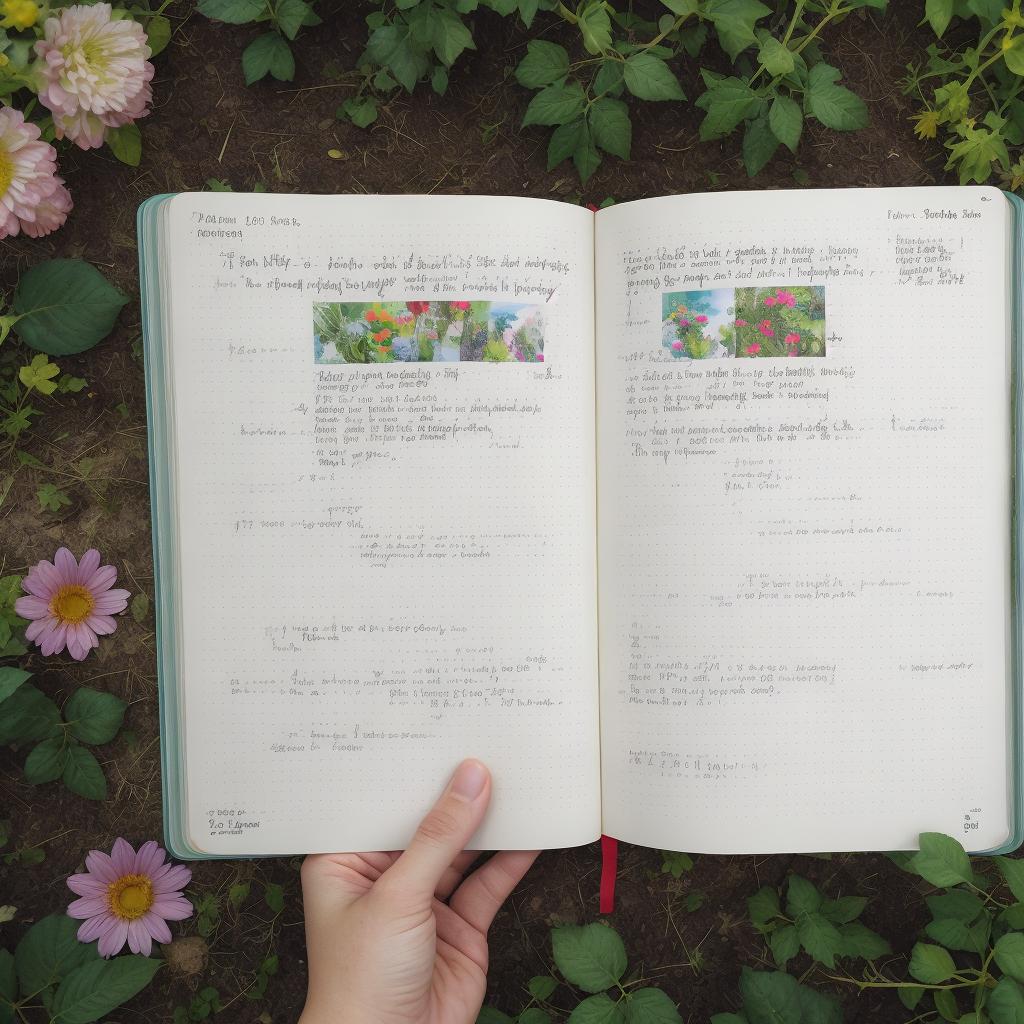Gardening is not just a hobby; it’s a therapeutic journey where you cultivate life, watch plants grow, and create your own piece of nature. To enhance this experience and make it more rewarding, consider keeping a garden journal. This simple yet effective practice allows you to document your gardening journey, track progress, and learn from each season. In this comprehensive guide, we will explore the art of garden journaling, its benefits, and how to create a journal that becomes an invaluable resource for your gardening endeavors.
Why Garden Journaling Matters
Garden journaling serves multiple purposes, contributing to both the success of your garden and your overall gardening experience. Here are some reasons why you should consider starting a garden journal:
1. Track Plant Growth and Health
A garden journal helps you monitor the growth and health of your plants over time. By recording planting dates, bloom times, and any issues encountered, you create a valuable reference for future seasons.
2. Seasonal Observations
Documenting the changing seasons in your garden provides insights into patterns and trends. This information can guide your future planting decisions, helping you choose plants that thrive in specific conditions.
3. Pest and Disease Management
Identify and address pest and disease issues more effectively by documenting symptoms, treatments, and outcomes. This proactive approach allows you to implement preventive measures in subsequent seasons.

4. Successes and Failures
Learn from both your successes and failures. Note which plants thrived and which struggled, along with the factors that contributed to these outcomes. This knowledge becomes invaluable for planning and adjusting your garden strategies.
5. Personal Reflection and Enjoyment
Garden journaling is not just about facts and figures; it’s an opportunity for personal reflection. Express your feelings, observations, and the joy you experience as your garden evolves. This reflective aspect enhances your overall gardening experience.
Creating Your Garden Journal
Now that we understand the importance of garden journaling, let’s explore how to create an effective and organized journal that becomes a companion in your gardening journey.
1. Choose the Right Journal
Opt for a journal with durable, water-resistant pages to withstand the outdoor elements. Consider a binder-style journal, allowing you to add or rearrange pages as needed. Alternatively, explore digital options for those who prefer a paperless approach.
2. Layout and Sections
Divide your journal into sections for easy navigation. Common sections include:
- Plant Profiles: Detailed information about each plant, including name, variety, planting date, and care instructions.
- Weather Log: Record daily weather conditions, temperatures, and any unusual events that may impact your garden.
- Pest and Disease Tracker: Document any signs of pests or diseases, along with the measures taken to address them.
- Successes and Failures: A reflective section where you can note what worked well and what didn’t, providing valuable insights for future planning.
3. Include Visuals
Enhance your journal with visuals such as photographs, sketches, or even pressed flowers. Visuals not only make the journal more engaging but also serve as a visual record of your garden’s transformation.
4. Regular Updates
Make it a habit to update your garden journal regularly. Set aside time each week to make entries, especially during peak gardening seasons. Consistency is key to capturing the nuances of your garden’s progress.
FAQs
Q1: How can I organize my garden journal for maximum efficiency?
A: Divide your journal into well-defined sections such as plant profiles, weather logs, and pest trackers. This organization makes it easy to find information quickly and ensures a comprehensive record.
Q2: Is digital garden journaling as effective as a traditional paper journal?
A: Yes, digital garden journaling can be equally effective. Many gardening apps and software allow you to track and document your garden’s progress conveniently. Choose the format that best suits your preferences and lifestyle.
Q3: Can a garden journal help with future planning?
A: Absolutely! By reviewing past entries, you can identify patterns, learn from mistakes, and make informed decisions for future plantings. A well-maintained garden journal becomes a valuable resource for optimizing your garden’s success.
Conclusion
Garden journaling is not just a record-keeping task; it’s a journey of self-discovery and continuous learning. As you document the growth, challenges, and triumphs in your garden, you create a personalized guide that enriches your gardening experience. So, pick up that journal, head to your garden, and start capturing the beauty and wisdom that unfolds in every petal, leaf, and season.
Remember, your garden journal is a living document that evolves with your garden. Cherish it, nurture it, and let it bloom alongside your plants. Happy gardening!